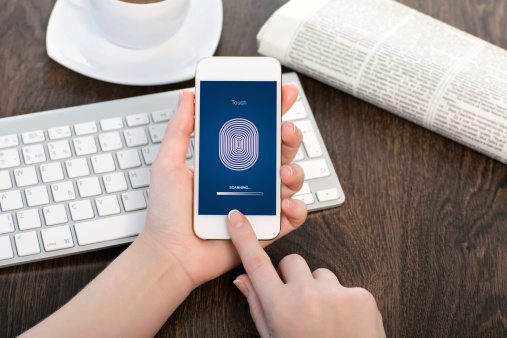Is Two-Factor Authentication Necessary For Businesses?
Two-factor authentication boosts security by combining usernames and passwords with a second form of identification. For example, a person might need to use a fingerprint scanner, insert a card or enter a code from a text message. Huge companies like JP Morgan and Apple have embraced 2FA after suffering serious data breaches.
Major Risks
It makes sense to adopt two-factor authentication before an attack occurs. Numerous people continue to put themselves and their employers at risk by using weak passcodes like “qwerty.” At the same time, strong passwords don’t always ensure adequate security. Nineteen out of 20 breaches happen when criminals find, steal or intercept credentials.
For instance, hackers often acquire passcodes by sending personalized “phishing” email to staff members. These messages appear to come from legitimate organizations; they trick employees into entering sensitive details. Keylogger viruses can automatically transmit passwords to hackers. As an Avira security expert told BusinessNewsDaily, “No password can be considered secure anymore.”
Chief executive officers mustn’t overlook these dangers or treat them as someone else’s responsibility. Almost half of the directors at U.S. corporations say they would blame a CEO for a major data breach. It’s vital for top executives to address this issue and confirm that their businesses have adopted sufficient security measures.
How it Works
Different 2FA systems use a variety of techniques to verify user identities. An individual may have to tap a smartphone screen or push a button on a compact device called a “hardware token.” Another method is to confirm a login attempt by answering an automated phone call. Each option works best in certain situations.
- Hardware tokens
- Telephone calls
- Eye, finger scans
- Smartphone apps
- Text messages
Two-factor authentication can secure a wide range of equipment. You may use it to protect confidential smartphone and tablet data. It’s also possible to implement 2FA on laptop or desktop computers. If a PC lacks the necessary hardware for one authentication technique, you can probably use a different method without buying new equipment.
People should continue to occasionally change their passwords after adopting 2FA. However, it becomes less important to create extremely “strong” alphanumeric codes. This improves convenience and saves time. It also enhances security because users can remember simpler passwords more easily. Fewer employees will reuse them or write them on sticky notes.
Two-factor authentication lets you set a limit on login attempts. The system will block a person who repeatedly tries different verification codes or passwords. This prevents automated hacking software from defeating 2FA by entering thousands of “guesses.” If a legitimate user triggers this security feature, he or she may contact IT personnel for help.
A two-factor system can also report failed login attempts to staff members. This gives them an opportunity to strengthen security by updating passcodes, blocking hackers’ IP addresses or running extra virus scans. It’s possible to configure the software so that it instantly sends these notifications via a smartphone app.
Getting Started
Unlike some computer security measures, 2FA doesn’t call for much employee training. Well-configured systems are easy to set up and use. They don’t harm productivity by making login procedures unnecessarily complex or time-consuming. You and your staff will only need to briefly learn a few details on how to use the system.
Two-factor authentication has successfully enhanced security for many years. That’s why it remains popular with top companies like Amazon, Microsoft, Evernote and Google. To start protecting your sensitive data, please complete the form on this page for a free 30-day trial of ECW’s business-grade 2FA service. You can also dial {phone} or contact {email} for further details.






